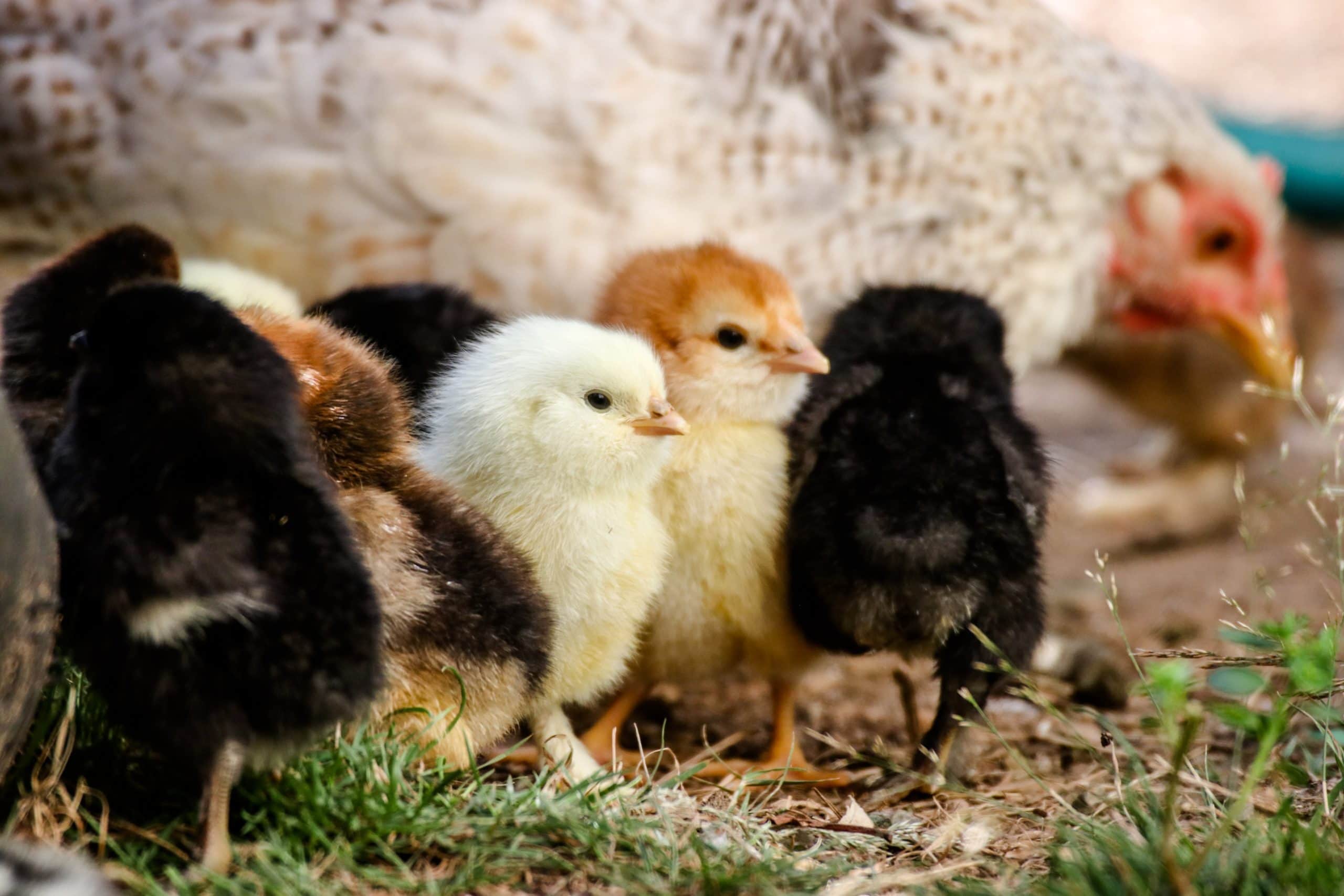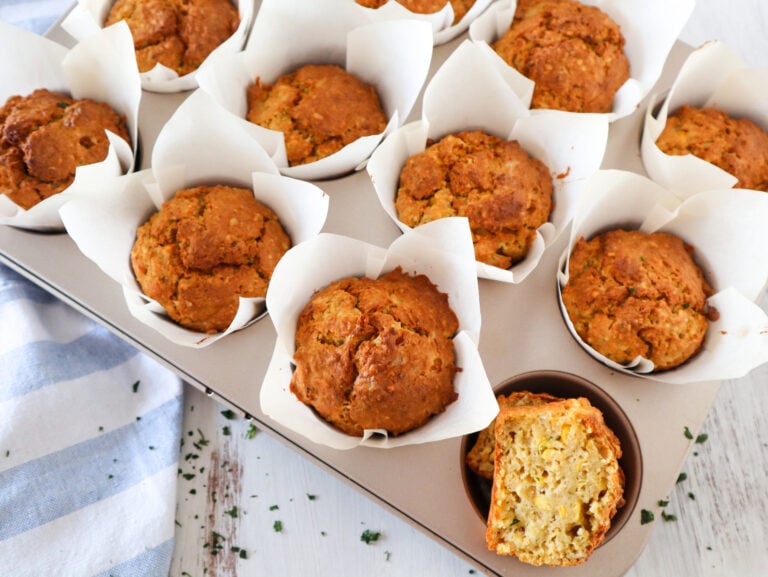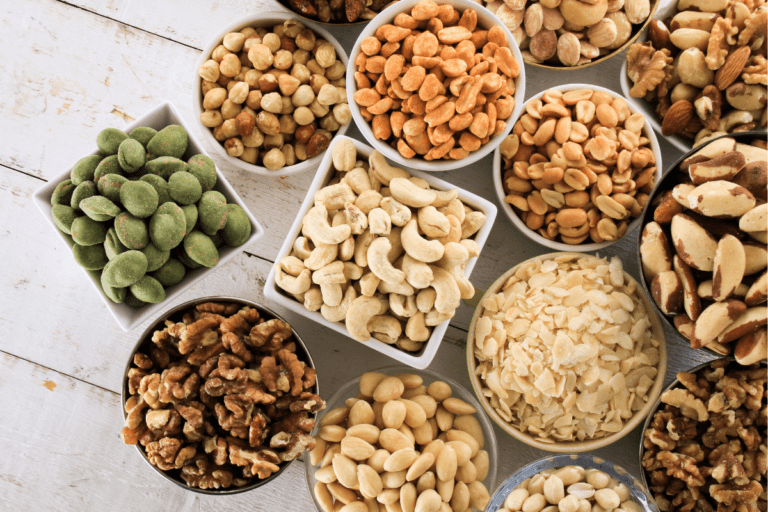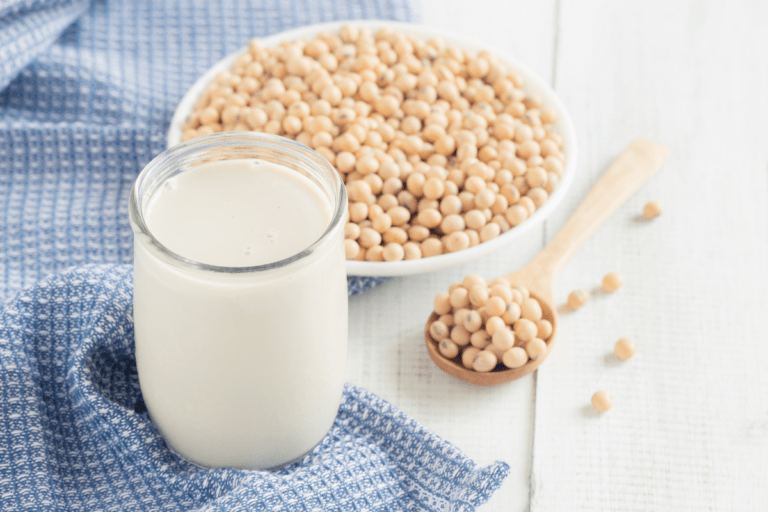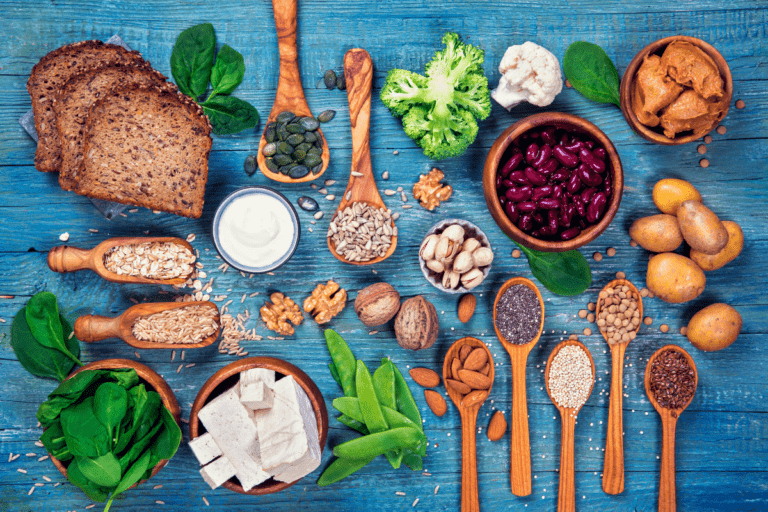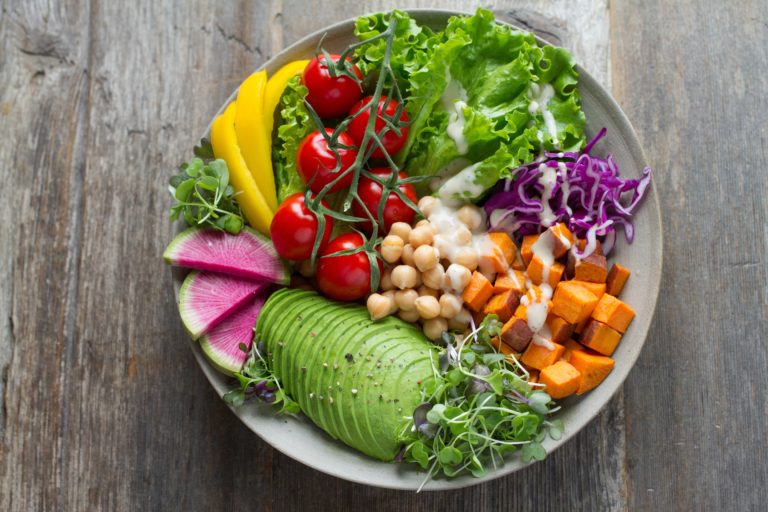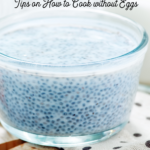Raise Your Family Vegan | Step 2 Go Egg Free
Now that you’ve given up the meat, it’s time to go egg free.
When people think of animal cruelty in the food industry, they often only think of meat. That’s an obvious one, right? You literally have to kill an animal to eat meat.
But what about eggs? Surely they aren’t so bad. It’s not like a chicken is actually killed when you eat the egg, right?
Well, there’s one important part of the egg industry that people tend to overlook. Male chicks. They don’t lay eggs, so what happens to them? They are generally killed as soon as they find out they’re male, and often in cruel and disgusting ways. To give you an idea, here’s an article here talking about how chicks are killed in Australia (warning it has graphic content).
Unfortunately, it is not possible to genetically modify hens to lay only female chick eggs (although I’m sure they’re trying to do it!) so your egg consumption does actually require a lot of animal deaths.
Then, there are the the cruel ways that they treat laying hens. This article from Choice, and this one from Sustainable Table give you a really balanced overview of the treatment of hens. There is plenty more information available if you google treatment of battery hens.
What about backyard hens, I hear you ask. Surely they have a nice peaceful life, right? Well, for starters, have you forgotten about the males again? If you get some backyard chooks, I bet you’re not looking for males… So, once again they’re surplus and are killed.
If you happen to get rescue hens that are layers, then to me that’s more of a grey area on the animal cruelty front. But, hens are not actually supposed to lay daily (if you think about it, laying an egg is basically the same as us getting our period, and that only happens monthly) so it is very taxing on their body. This article talks about what it actually takes for a hen to lay eggs.
Animal cruelty aside, there is another reason not to eat eggs. They’re just not good for us. They have been associated with cancer, heart disease and diabetes. These articles from Nutritionfacts.org give you a really good overview of the studies, and links so you can read then for yourself.
So, if eggs are cruel, and bad for you, how do we replace them?
Plain Eggs
Ok, I have to admit that I’m actually allergic to eggs, so I haven’t eaten them since I projectile vomited them on my Nanna’s floor when I was about 4. So, I’m not the best one to give you recipes for realistic egg options. But here are some options that I’ve found that other people say taste like egg!
Scrambled Eggs
You can make a great scramble out of tofu. This is my recipe here that I love to have in a vegan big breakfast, or in a burrito.
If you don’t like tofu, you can also make chickpea scramble. This recipe uses similar flavours, but with a base of chickpeas instead of tofu.
There are also a number of egg replacement products out there. Just Egg is popular in the US, and there’s also another brand called Follow Your Heart that you can get in Australia. I’ve seen these egg replacement mixes used for scrambles, quiches and frittatas.
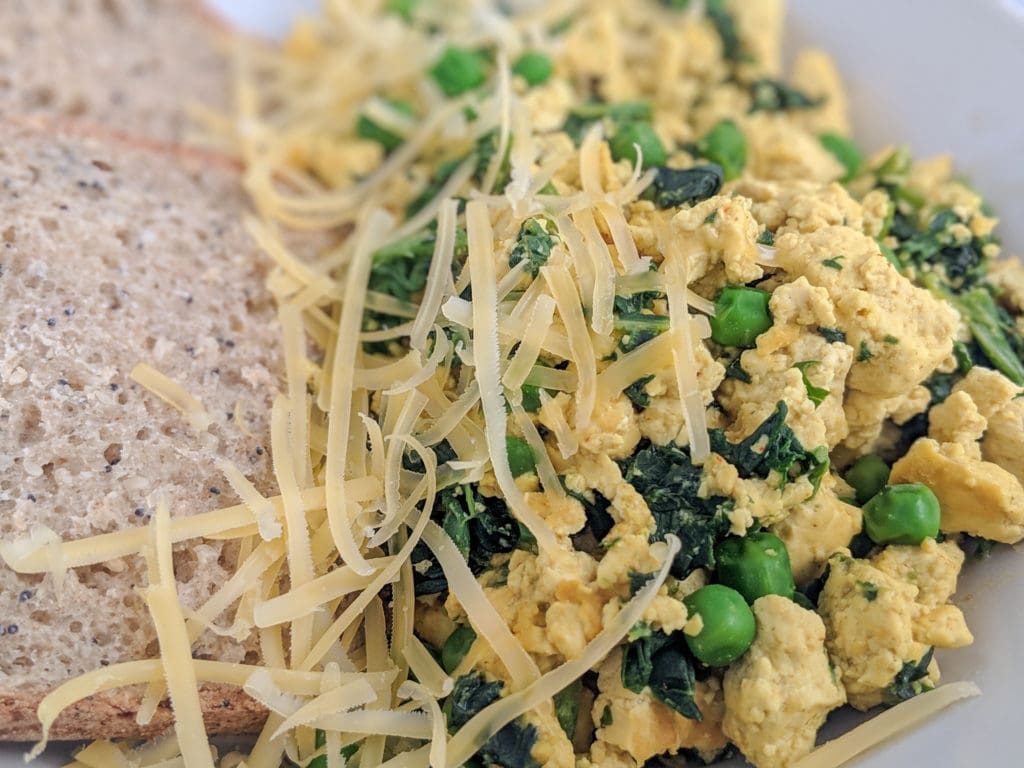
Fried and Boiled Eggs
Ok, I have never tried any of these recipes, but they have good reviews, so I thought I’d share them!
First up, if you have some time and are looking for something impressive and adventurous to try out, this Fried Egg recipe looks amazing. This one looks a bit simpler, and doesn’t require quite so many chemistry ingredients….
And if you’re craving a runny yolk to dip your soldiers, then you definitely need to check out this recipe.
Kala Namak
Kala Namak is a vegan secret ingredient. It is a black salt with a sulfur flavour, that adds an eggy flavour to dishes. You should be able to find it in health food or vegan stores.
Tip: A friend of mine who ran a vegan cafe said that Kala Namak oxidises easily, so it’s best to add it after cooking to keep the flavour.
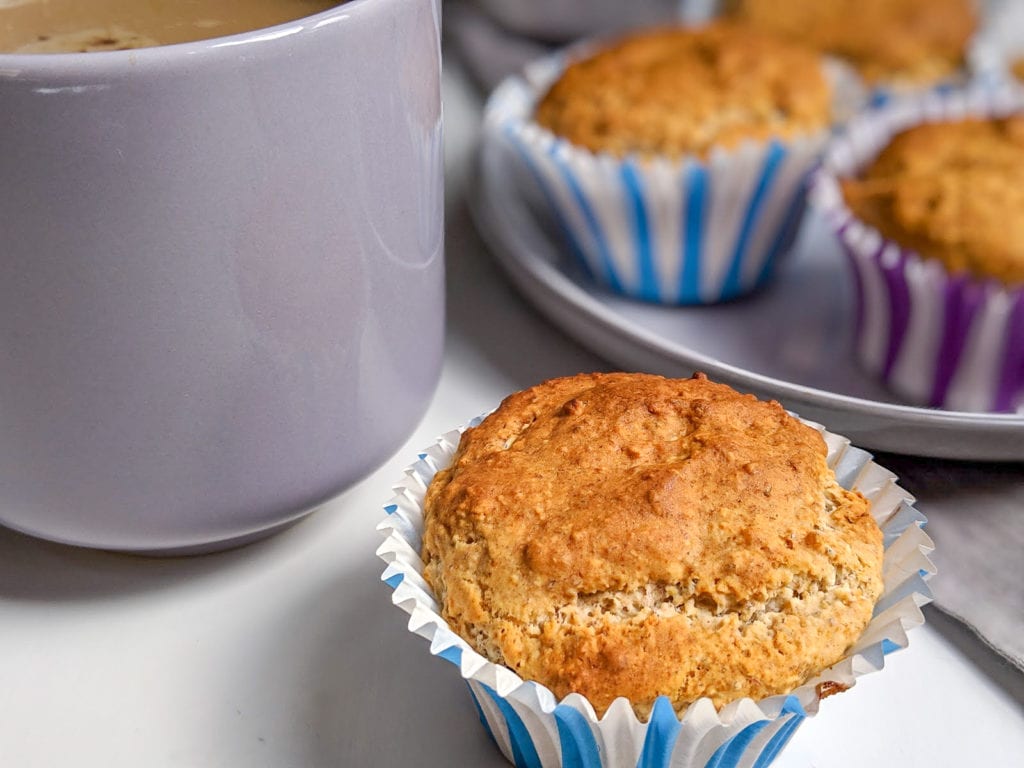
Egg Free Baking
There are so many ways to replace eggs in baking. Some easy options are:
Chia Eggs – When you put chia seeds in water, they gel up. So you can make a chia egg by placing 1 Tbs chia seeds in 3 Tbs water. Allow it to sit for a few minutes to gel up. I normally use whole chia seeds, but you can grind them up if you don’t want the crunchy seeds. I find these work really well in savoury dishes like burger patties and fritters.
Flax Seed Egg – You make a flax Seed (or linseed) egg in the same way as a chia seed. The only difference is that you do need to grind the flax seed first to get them to gel.
Apple Puree, Mashed Banana, Mashed Pumpkin, Mashed Sweet Potato – 1/4 cup of these ingredients work really well as an egg replacement in sturdy baking recipes like muffins and brownies. I use them all the time in my baking recipes, like my Chocolate Brownies, Chocolate Muffins, and Banana Muffins.
Mashed Pupmkin, Mashed Sweet Potato, Mashed Potato – I use 1/4 cup of one of these for egg replacements in savoury dishes like savoury dumplings, scones and American-style biscuits.
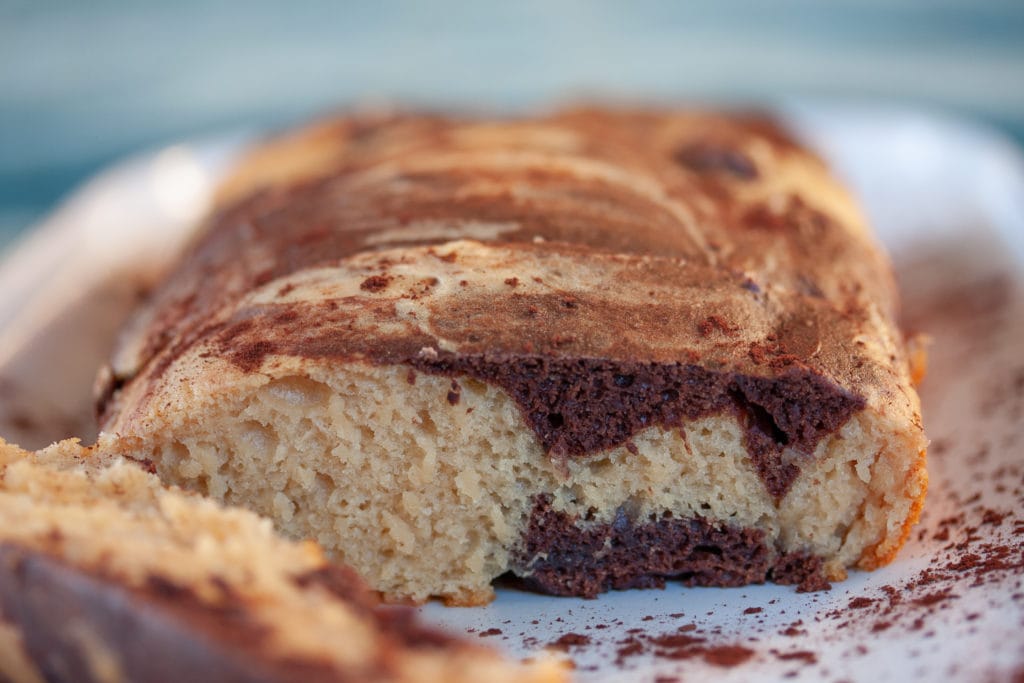
Vegan Yoghurt – You can use 1/4 cup vegan yoghurt as an egg substiuttue in cakes and muffins. My 3 Ingredient Cake is a really simple egg free cake recipe using yoghurt.
Nut Butters – These make great egg (and butter) replacements in baking recipes like cookies and muffins. Just be careful about nut allergies.
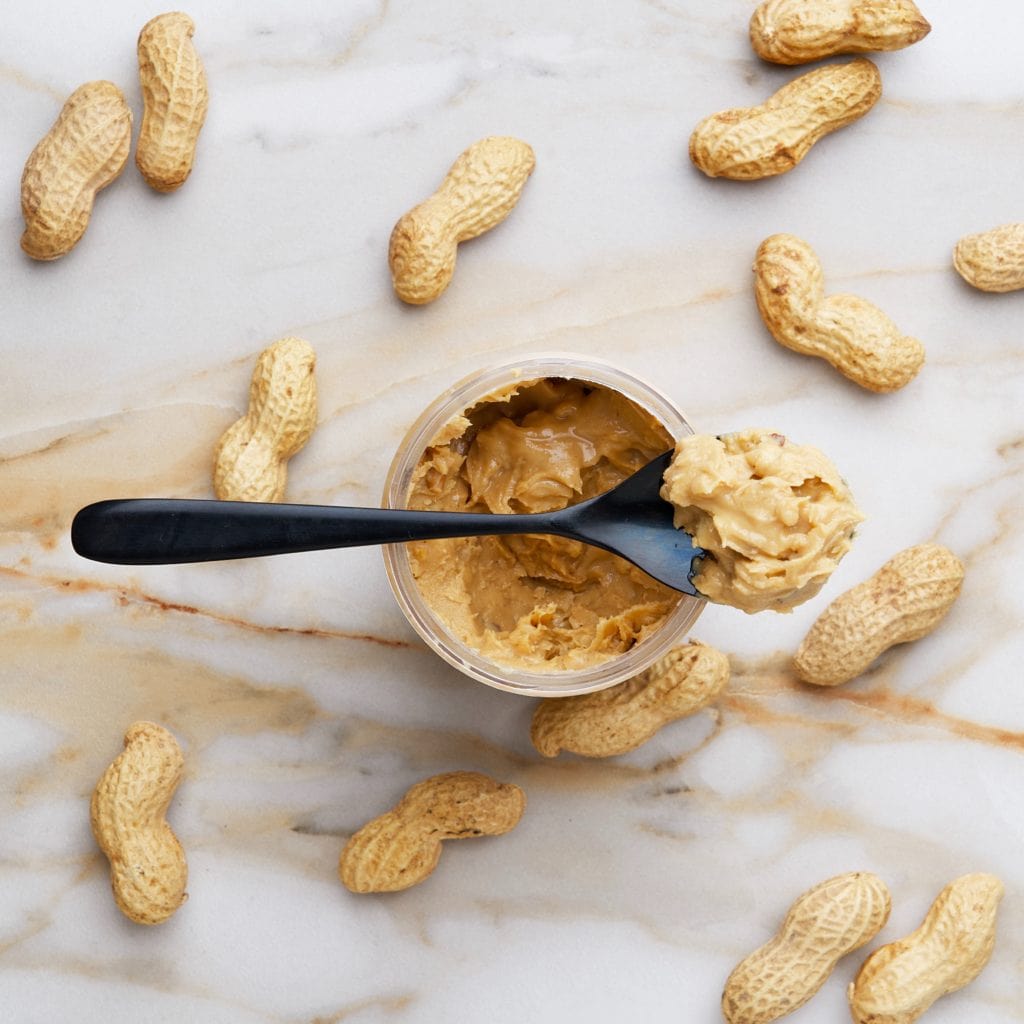
Baking Powder or Baking Soda and Vinegar – You can leave eggs out altogether in some cake recipes, and just make sure you have enough leavening agent. I find this works well for lighter cakes and cupcakes. One of my favourite egg free cake recipes is this Funfetti Cake recipe. I only make it for special occasions though because I find it a bit heavy on the oil.
Aquafaba – no, it’s not a fancy swimming toy. You can actually whip up the liquid from tinned chickpeas like you do eggwhites. Be warned, this takes a lot of practice (and failures, on my account).
Final Tips on Egg Free Baking
It’s quite easy to replace eggs in denser heavier recipes like muffins and brownies. Unfortunately it can be a bit harder to make recipes like sponge cakes egg free. When you’re first starting out, if you’re replacing more than 2 eggs in a recipe, I recommend finding a recipe where it has already been done and using that to start with. As you get more practice at egg free baking, you’ll be able to experiment more.

